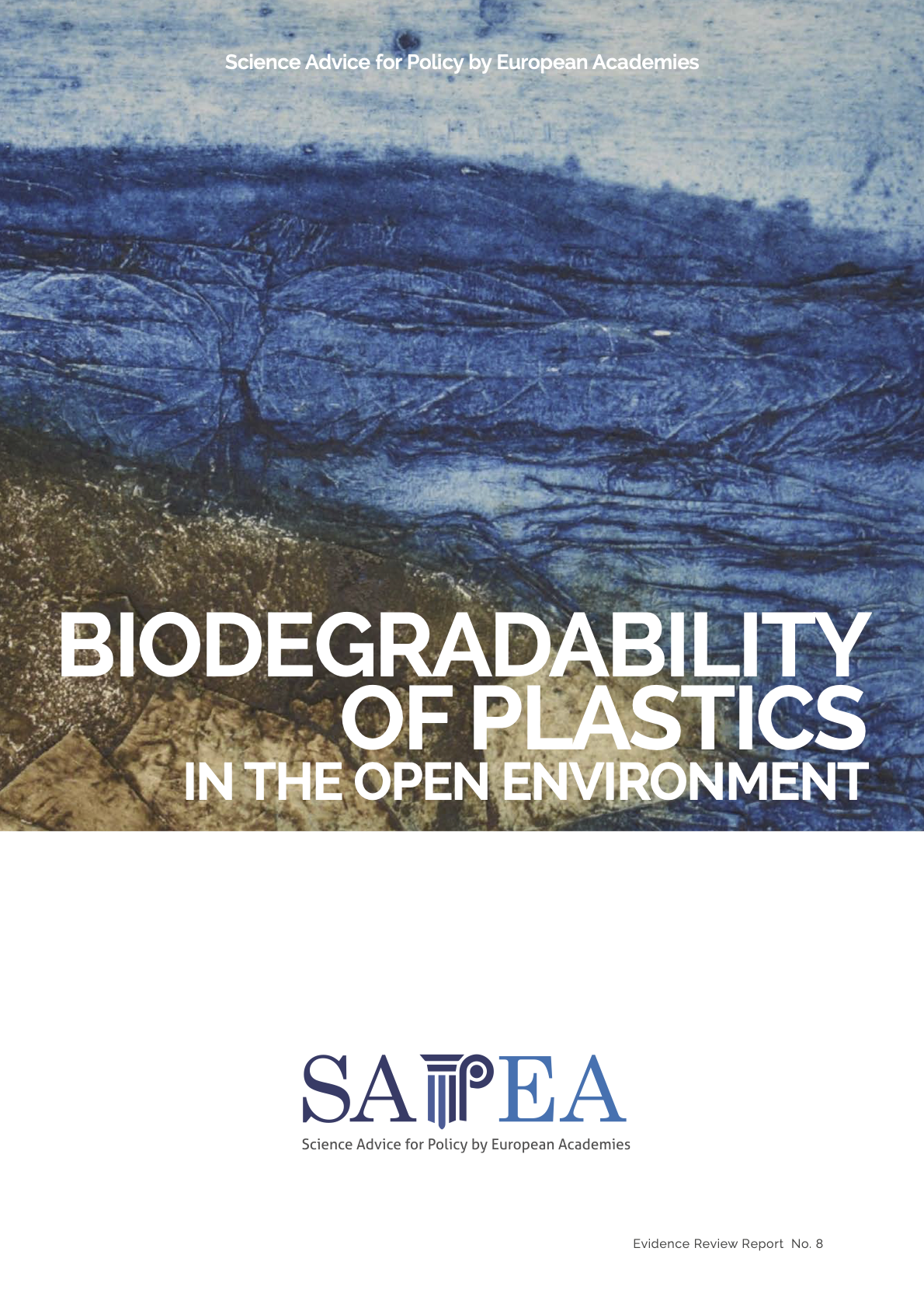Biodegradability of plastics in the open environment
Plastic pollution is a worldwide problem, and it is still growing. Each year, more and more plastic ends up in the natural environment, raising concerns of risk to the environment, animal and human health.
Biodegradable plastics have a specific role to play in reducing the accumulation of plastics in the environment. Replacing conventional plastic with biodegradable plastic can help with applications in the open environment — such as agriculture and fisheries, or plastics in fireworks — and where it is difficult or expensive to remove it from the environment. Biodegradable plastics that are designed for industrial composting can also bring benefits in a waste system that is well-managed to ensure this happens.
But biodegradable plastics are not a ‘silver bullet’ to solve the problem of plastic pollution. For the majority of applications, including most single-use packaging and plastic bags, it would be better to reduce the amount of plastic we use, or to promote reuse and recycling.
What does ‘biodegradable plastic’ mean?
The term ‘biodegradable’ does not mean that the plastic material will biodegrade anywhere, or in a reasonably short period of time. The rate at which a plastic item biodegrades is not just down to the material it is made of — it also depends on the conditions in the environment where it ends up.
Plastic that is designed to biodegrade in industrial composting facilities may not do so as effectively in the natural environment, whether in the soil, freshwater, or the sea. The rate at which plastic biodegrades in a specific ecosystem depends on a wide range of environmental conditions, including temperature and the presence of specific microorganisms. This is important because plastic items in the environment can cross from one ecosystem to another, and then its rate of biodegradation can change.
Plastic items can only be considered ‘biodegradable’ if they can be fully broken down by microorganisms. Plastic items that only break down into smaller pieces (like microplastics), or into smaller units that are not biodegradable, are not an improvement over conventional plastic.
Labelling plastic items as ‘biodegradable’, without explaining what conditions are needed for them to biodegrade, causes confusion among consumers and other users. It could lead to contamination of waste streams and increased pollution or littering. Clear and accurate labelling is needed so that consumers can be confident of what to expect from plastic items, and how to properly use and dispose of them.




